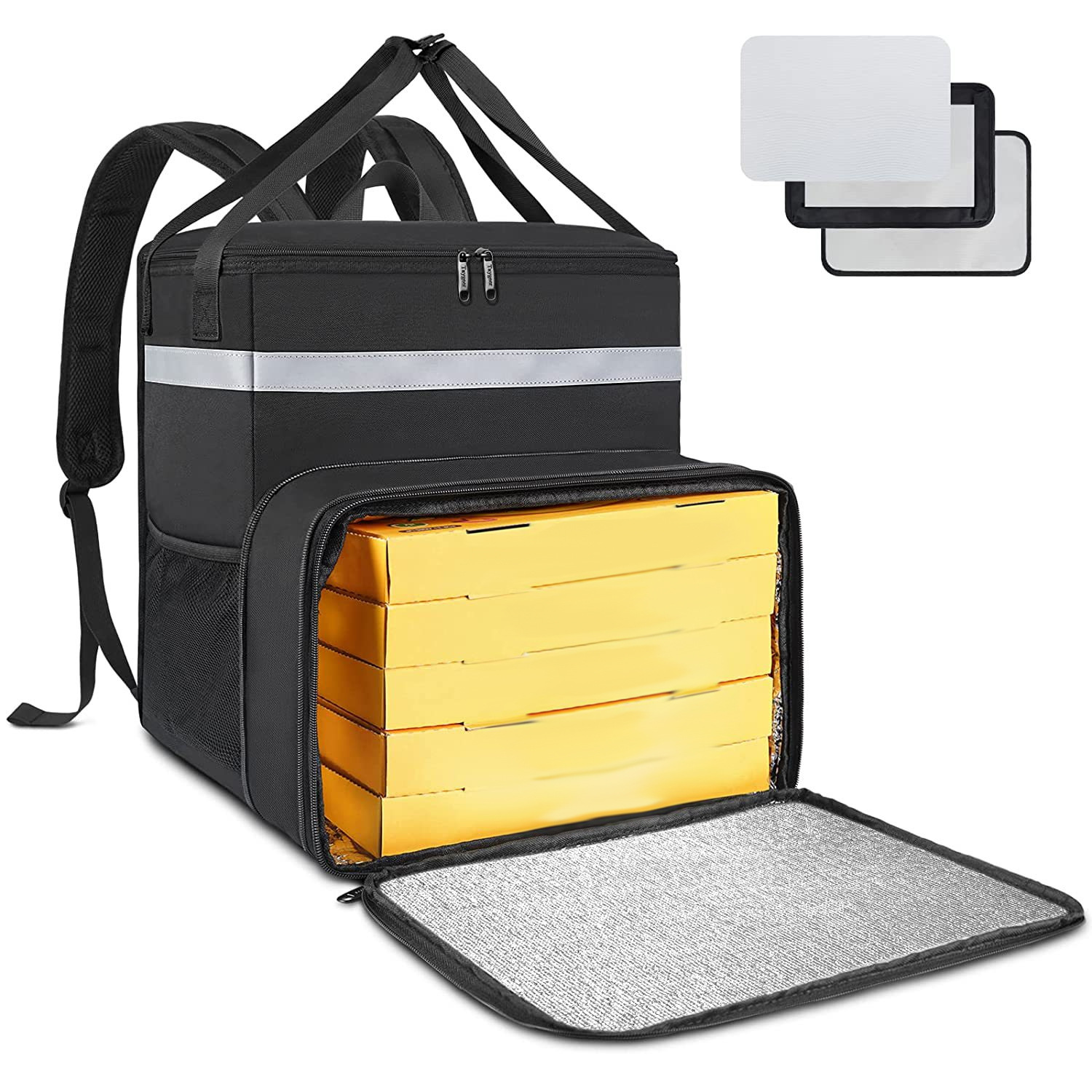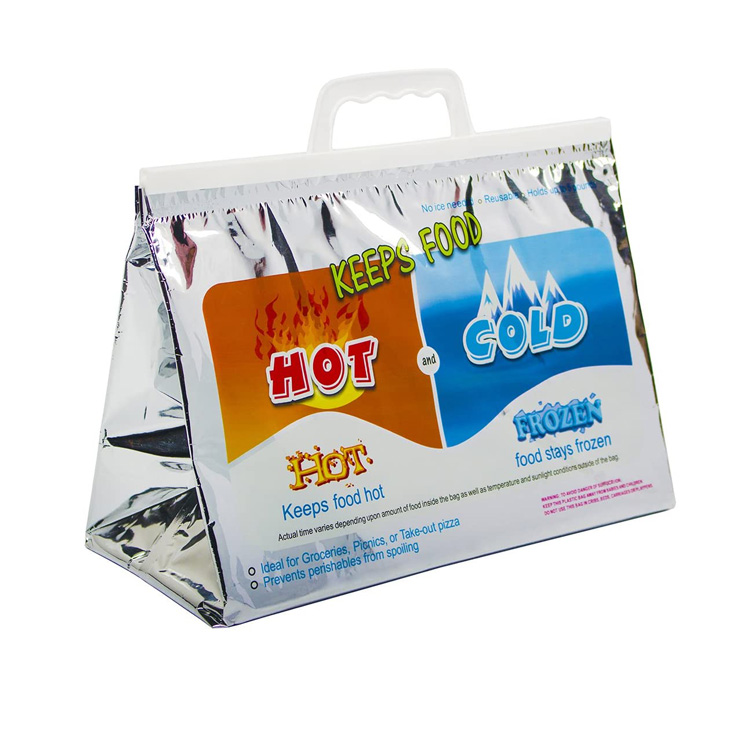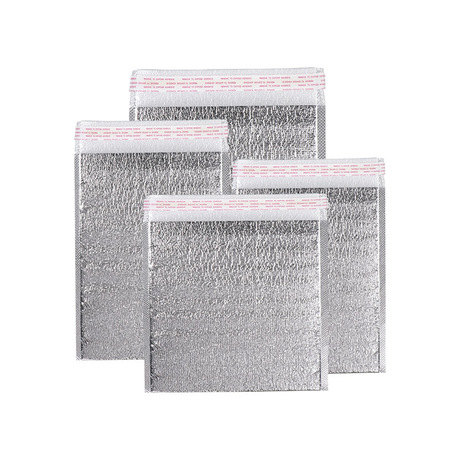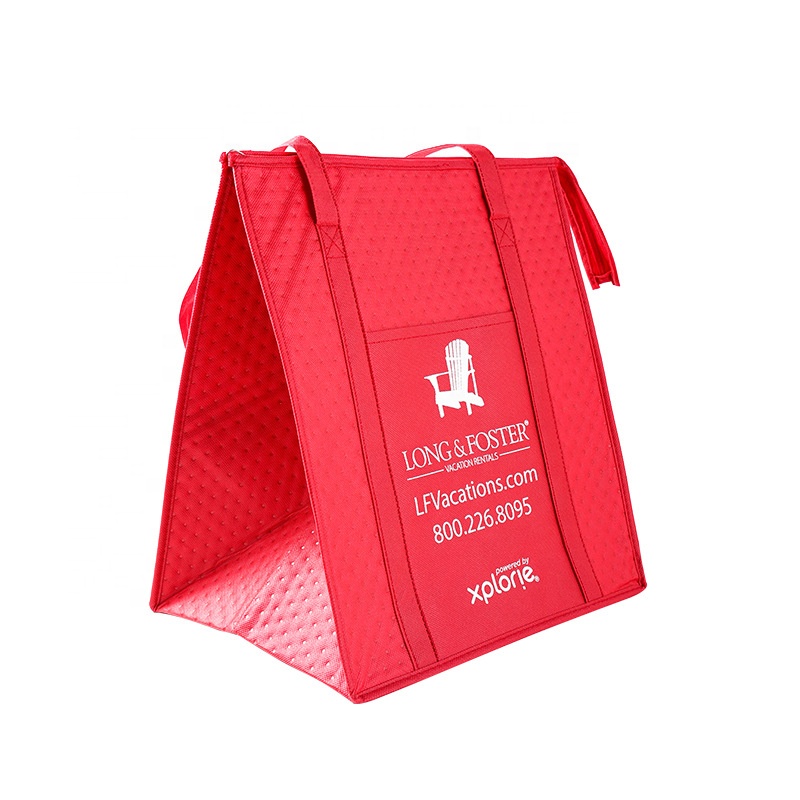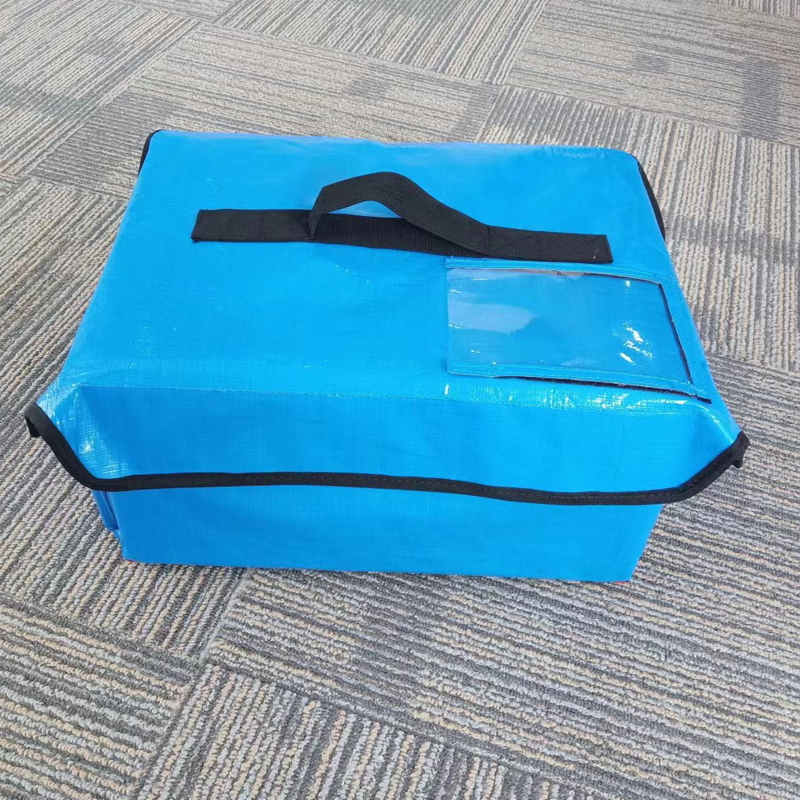Scientific principles, التطبيقات, and proper use
In daily life and sports, cold compresses have become a simple and effective method of first aid and care, and have attracted more and more attention from the public. This article delves into the science behind cold compresses, their common applications, guidelines for proper use, and precautions. Our goal is to help you use this method safely and effectively to relieve discomfort and manage minor injuries.
What is a cold compress?
Cold compresses are the application of ice packs, cold packs, or other low-temperature materials to specific parts of the body. This practice is used to relieve pain, reduce swelling, and control inflammation by lowering the temperature of the affected area. Simple to use and widely applicable, cold compresses are ideal for the initial treatment of a wide range of acute injuries and inflammations.

The Science Behind Cold Compresses
The effectiveness of cold compresses is based on several key scientific principles:
VasoconstrictionExposure
to low temperatures causes local vasoconstriction, which reduces blood flow. This vasoconstriction helps to reduce bleeding and fluid leakage at the injured site, thereby controlling the inflammatory response.
Lowering nerve conduction velocities
at lower temperatures slows down the transmission of nerve signals. This reduction in nerve conduction helps to reduce pain and thus discomfort.
Slows down cell metabolism
A cold environment slows down the metabolic activity of cells in injured tissues. This reduction in metabolism helps to reduce inflammation and swelling, promoting a more favorable environment for tissue recovery.
Together, these physiological responses make cold compresses an effective emergency response in the early stages of acute injury.
Common applications of cold compresses
Cold compresses are used in a variety of fields and situations. Some common applications include:
Sports InjuriesDuring
physical activity, immediate cold compresses for sprains, strains, or impacts can be effective in reducing swelling and pain and preventing further injury.
For acute sprains and contusions, for muscle or soft tissue injuries, the use of cold compresses early can help control inflammation and minimize the severity of the injury.
Headaches and migraines
: Applying a cold compress to the head can constrict blood vessels and relieve headaches or migraine symptoms that may be caused by vasodilation.
Postoperative RecoveryDuring
the rehabilitation phase after surgery, appropriate cold compresses can reduce pain and swelling and improve recovery.
Care
after dental treatmentAfter dental procedures, such as tooth extractions or surgeries, cold compresses can help reduce local swelling and discomfort.

How to use cold compresses correctly
To maximize the benefits of a cold compress while avoiding potential harm, it’s crucial to use it correctly. Here are some practical guidelines:
Choose the right material
, use a professional ice pack or cold pack, or wrap the ice cubes in a towel. Avoid direct contact with the skin with ice cubes to prevent frostbite or skin damage.
Control the duration
of a cold compress for 15 ل 20 minutes at a time and wait at least 1 hour before the next use. Prolonged exposure may cause skin damage or frostbite.
Protect the skin
Place a thin cloth or towel between the cold source and the skin to ensure even cooling while providing a protective barrier.
Consider Personal Health Conditions
Individuals with circulatory disorders, sensitivity to cold, or skin conditions should use cold compresses only under professional medical guidance.
Manage the Ambient Temperature
Ensure that the environment is moderately warm during the application of a cold compress to avoid discomfort from sudden temperature changes.

Precautions and Contraindications
While cold compresses offer many benefits, it is important to be mindful of the following precautions:
Avoid Frostbite
Do not apply ice packs directly to the skin—especially if you have thin or sensitive skin—to prevent the risk of frostbite.
Do Not Overuse
Continuous, long-term application of a cold compress may impair skin circulation, leading to numbness or tingling sensations.
Exercise Caution with Certain Conditions
Those with Raynaud’s disease, diabetes, or skin infections should consult with a healthcare professional before using a cold compress to ensure it is safe.
Complement Other Treatments
A cold compress is primarily beneficial for the early stages of acute injuries. For chronic inflammation or ongoing pain, it is advisable to seek a comprehensive treatment plan from a medical professional.
Frequently Asked Questions
1. What is the difference between a cold compress and a hot compress?
A cold compress is used primarily during the acute phase of an injury to reduce inflammation and swelling, while a hot compress is more suitable for alleviating chronic pain and promoting blood circulation during the later stages of healing or recovery.

2. Can a cold compress be used for joint pain?
Yes, a cold compress can help alleviate joint pain and swelling caused by inflammation. لكن, for chronic or persistent joint issues, it is recommended to consult a doctor for a more comprehensive treatment plan.
3. Should I massage the area after using a cold compress?
It is generally advisable to let the area recover naturally after applying a cold compress. Massaging too soon may stimulate the injured tissues and potentially worsen the discomfort.
خاتمة
As a simple, مريح, and effective first aid measure, the cold compress plays a crucial role in managing sports injuries, acute inflammation, and pain relief. By understanding its scientific principles, proper application methods, and necessary precautions, you can effectively use this technique to handle minor injuries in everyday life. لكن, if symptoms persist or if there are special concerns, it is essential to consult a healthcare professional.







